It’s been said that astronomy is a humbling, a character-building experience. There is perhaps no better demonstration of the folly of human conceits than the distant image of our tiny world. It underscores our responsibility to deal more kindly and compassionately with one another and to preserve and cherish that pale blue dot, the only home we have ever known.
—Carl Sagan
The light of modern civilization has shadowed the night sky, yet there are still a group of people enthralled by the starry heavens above their heads, the most spectacular scenery in their minds. Since people are always willing to share good things with others, amateur astronomers at Wuhan University gathered together and found the Amateur Astronomers Society (AAS) so as to expose more people to the mystery and beauty of starry sky, to make people be aware of the existence of something they have taken for granted and to arouse their interests in exploring and protecting the sky.
The sidewalk astronomy has become one of the most common activity of AAS held regularly at the playground. Moon, Saturn, Jupiter and other celestial bodies can be observed in details through telescope. Whenever there is a telescope used by AAS member, there will be many students stopping by to have a look.

“Shang Yue” Activity, namely, “Enjoying the glorious full moon” co-held by Wuhan University and Central China Normal University at Mid-autumn Festival in 2014. Kids got their first glimpses of the moon’s far side using telescope with great enthusiasm even if they could not reach it.

“Enjoying the glorious full moon” and “Riddle-guessing” Activities at Mid-autumn Festival in 2015. The moon just rising up, students stood in a line to use telescope so as to enjoy its full glory.
The stars that can be observed in the city are numbered. Therefore, if you want to feel the most natural starry sky, you have to leave away from the lights and hazy weather of the city. “Camp out in the wild and star gazing” is the typical activity held by AAS. City dwellers like us will definitely be overwhelmed by innumerable twinkling stars.
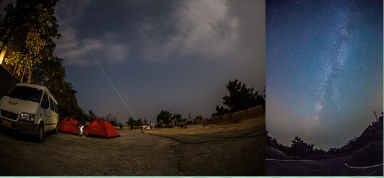
Summer in 2013. The moon lit up the sky with laser pointer pointing at the targeted Deep Sky Object. Picture above shows the magnificent Milky Way after the moon setting.

Early Autumn in 2014, a group photo with the tiny tail of the Milky Way in Late Summer and the quiet campsite under the night sky.
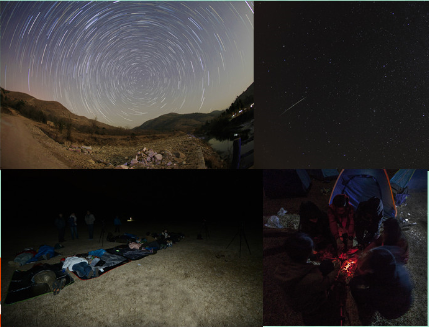
The Geminids meteor shower in Late Winter in 2014. The orbit after the emergence of moon and two light faint traces of the meteor were shot in the pictures. AAS members warmed themselves at the fire and watched meteor shower lying on the ground.
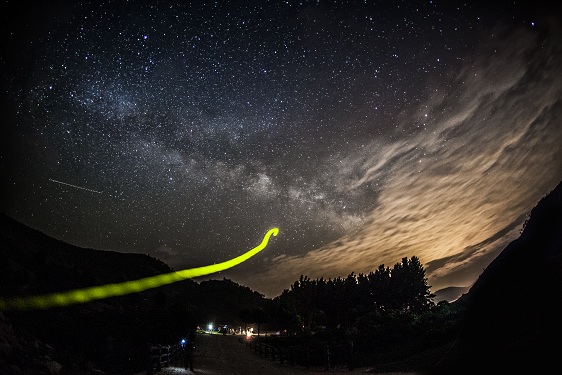
The Milky Way in Summer just emerged. In front of the camera flied a firefly leaving a trace of charming trail.

Pavilions and the Milky Way in Summer shot at the campsite.
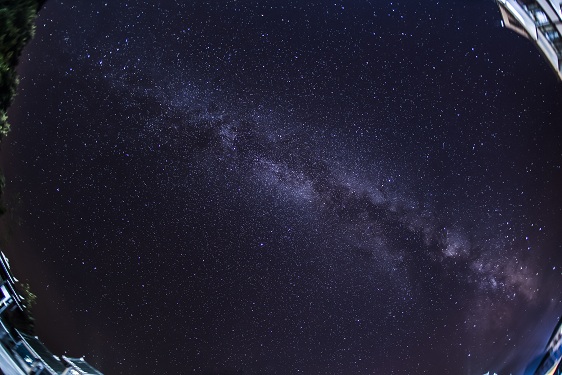
Overview of the Milky Way in Summer

Chaka Salt Lake was as tranquil as a mirror. A railway led to the distant place, with the Milky Way hanging in the sky.
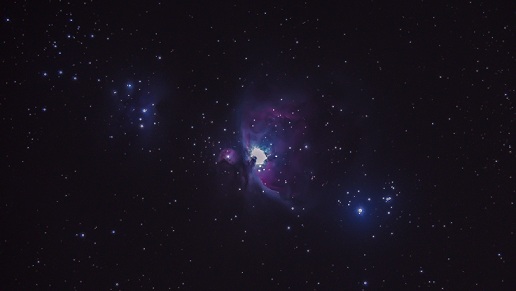
The most easily and frequently observed Deep Sky Object: Orion Nebula M42.
(Edited by Sijia Hu)